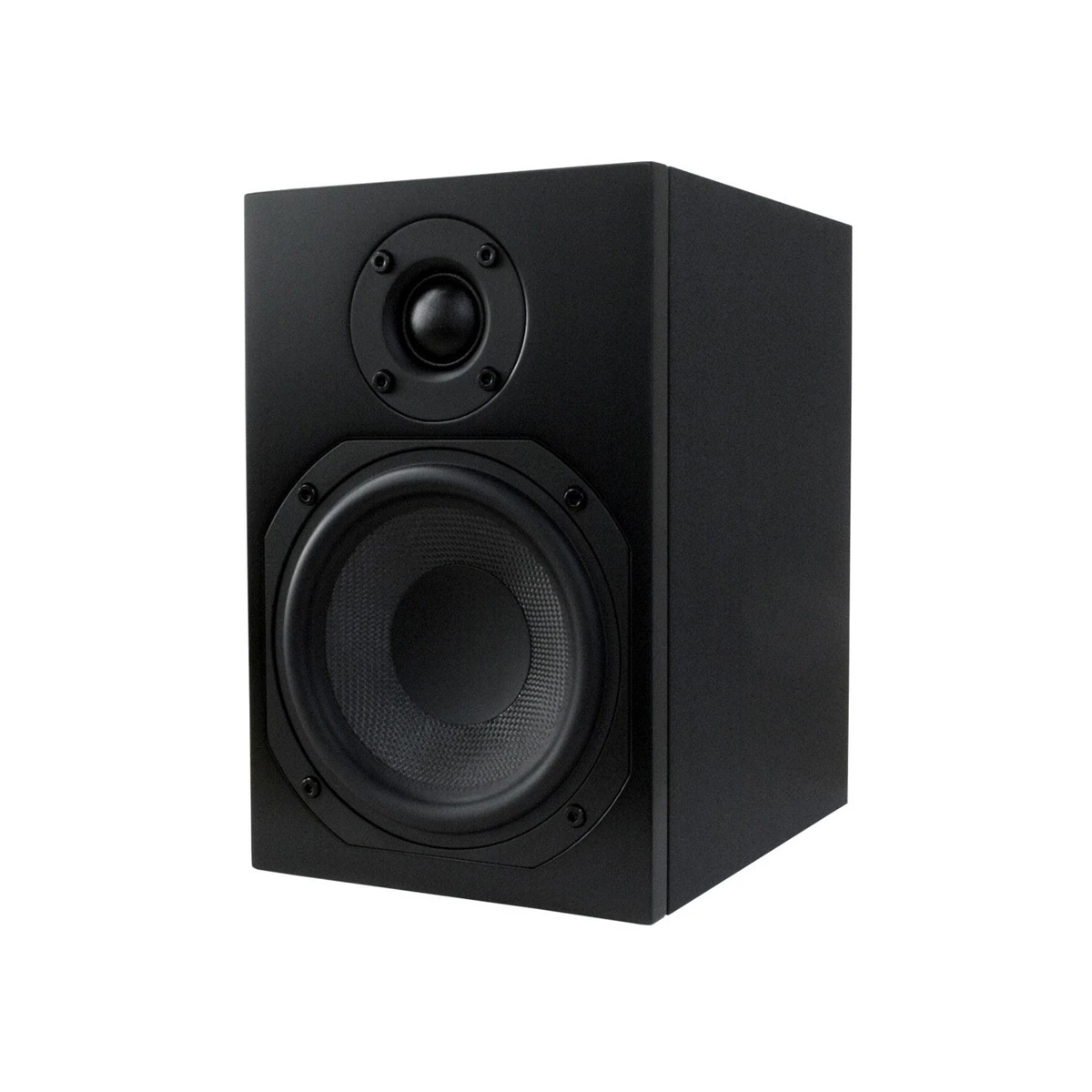Good sound feels simple from the seats. A song starts, a voice rings clear, and nothing jars. Behind that calm surface sits a plan. Cables, processors, power, and placement work together like a small city. If any piece falls out of line, the whole picture weakens. The hidden parts decide what the audience hears, even when the hardware looks modest.
Every journey begins at the source. A microphone or player needs a clean path into the system. Gain must be set with care so noise stays low and headroom remains. Engineers route signals through mixers that shape tone before anything reaches the amplifiers. They keep signals strong, not hot. Small choices at this stage often save big problems later.
Room behaviour then steps in. Walls, floors, and ceilings talk back to sound. Hard surfaces throw reflections, and soft materials soak them up. Designers study those reactions, then plan zones that cover evenly. Delay lines bring distant areas into time with the front so claps do not smear. A smooth field invites people to relax because their ears do not need to work hard.
Commercial audio speakers do the obvious job of making sound louder, but their real value hides in how they cooperate with the rest of the chain. Consistent dispersion, stable tone at low and high levels, and proper mounting keep coverage even. When angled correctly, they avoid bright spots and dead corners. The goal is not volume for its own sake. The goal is shape.
Digital processing now carries much of the load. Equalisers trim harsh patches without stealing life. Crossovers split frequencies so each driver handles what it can play best. Limiters watch for sudden peaks and protect both gear and hearing. These tools do not fix a poor plan, yet they help a good plan stay reliable across a busy day.
Power matters more than many think. Amplifiers need clean current and extra room to breathe. If they run at the edge, distortion creeps in and fatigue follows. Sensible headroom lets the quiet moments sit close and the loud moments rise without strain. Stable power also protects the system from the surprises that can arrive during a full house.
Control stands at the heart of daily use. Staff need simple scenes for open, peak, and close. A clear panel with a few locked presets beats a complex desk that invites mistakes. Sensors can watch crowd noise and make small adjustments. The changes feel gentle, not obvious. People might not notice why the room stays comfortable; they only notice that it does.
A planner chooses arrays, yet the room shape decides the final result, so designers treat commercial audio speakers as one part of a wider system, not the star. The building, the furniture, and the bodies in the space all join the mix. A clever layout places low frequencies where they can develop without boom, while keeping speech bright enough for easy conversation. Careful zoning gives a bar energy and a lounge calm, both at once.
Accessibility deserves a place in the blueprint. Clear announcements, loop systems for hearing aids, and readable visual cues ensure everyone feels included. A system that respects all listeners often sounds better for every listener. Clarity and kindness tend to travel together.
When commercial audio speakers, processing, and power share the same intent, the room feels settled. People linger. Staff speak at natural levels. Music breathes instead of shouts. None of this seems dramatic from the outside, and that is the point. The hidden architecture does its work out of sight so the audience can simply enjoy what they came to hear.
